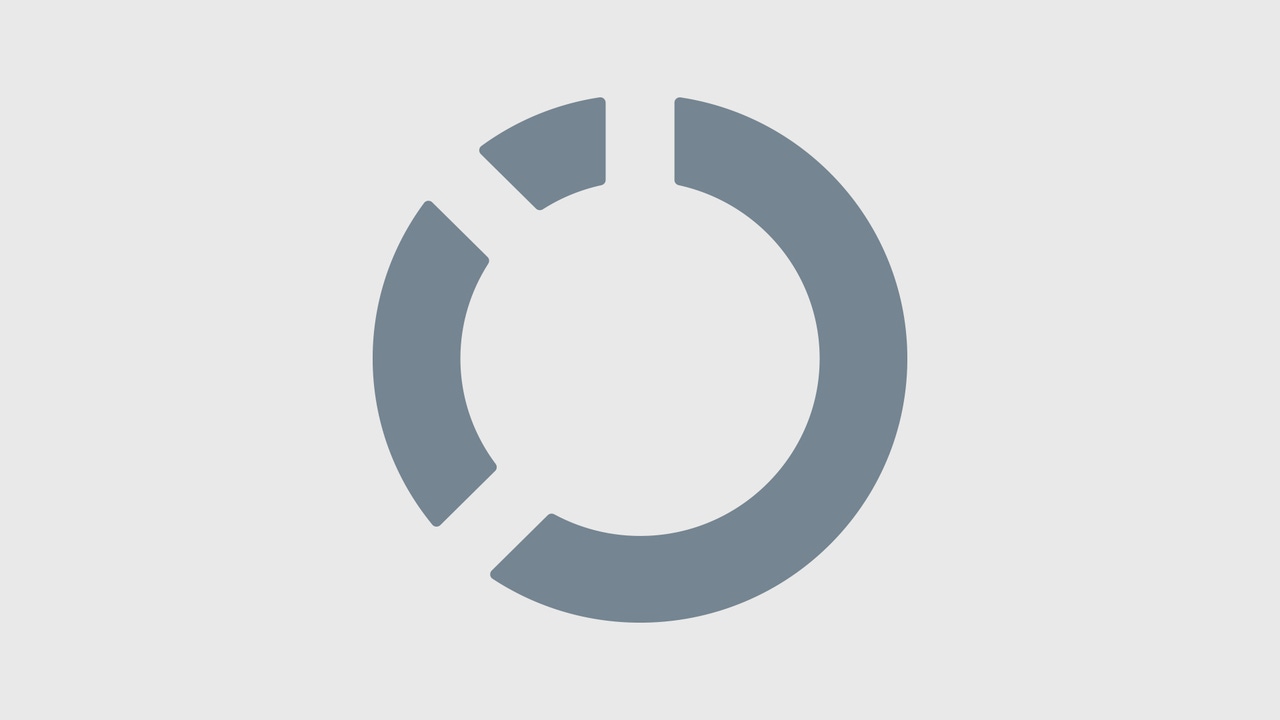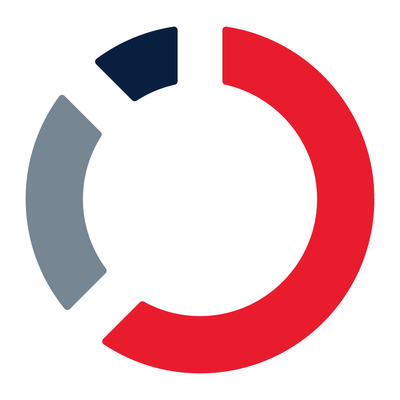Oracle-PeopleSoft: A Process Perspective
Oracle at long last has control over PeopleSoft after a protracted 18-month fight. But what can PeopleSoft users expect to gain from Oracle?

 Oracle has control over PeopleSoft after a protracted 18-month fight. But what can PeopleSoft users expect to gain from Oracle? The merger is compelling from a process perspective, with Oracle offering infrastructure and middleware that PeopleSoft always lacked, while PeopleSoft gives Oracle applications the depth Oracle envied.
Oracle has control over PeopleSoft after a protracted 18-month fight. But what can PeopleSoft users expect to gain from Oracle? The merger is compelling from a process perspective, with Oracle offering infrastructure and middleware that PeopleSoft always lacked, while PeopleSoft gives Oracle applications the depth Oracle envied.
PeopleSoft had always steered clear of building infrastructure, leaving application servers and integration middleware to third-party vendors. BEA Systems was one beneficiary, with many PeopleSoft customers choosing its Weblogic application server. (Oracle CEO Larry Ellison has mentioned BEA as a possible acquisition target.) More recently, PeopleSoft had entered a deeper partnership with IBM, which offered a more extensive combination of middleware and consulting, but that deal is history with Oracle now at the helm.
Oracle is more focused on middleware than it's ever been, says Janelle Hill, a BPM analyst at Meta Group. "Oracle finally has a pretty credible version of middleware."
When it comes to orchestrating business processes, for example, Oracle's BPEL Process Manager isn't as customer-proven as IBM's WebSphere Business Integration Server Foundation, but "it stacks up pretty well," says Hill.
Oracle can help PeopleSoft customers with its business process management (BPM) capabilities, agrees Nathaniel Palmer, a Delphi Group analyst. "If you consider Oracle with the addition of PeopleSoft, SAP plus NetWeaver and IBM and all of its technologies, they're all fairly comparable in providing what's needed to support a BPM approach," he says.
What may not be on par is application depth and experience. PeopleSoft had credibility to spare with its customers, but can Oracle keep pace with the process and vertical industry prowess of SAP and IBM?
"If you look at this vertically, SAP is separating itself with xApps-the composite applications it's building on its own and with other ISV pieces," says Meta Group analyst David Yockelson. And IBM is well ahead of Oracle in building out vertical capabilities, although in industry-focused consulting rather than applications, he adds.
What counts in BPM initiatives is the business logic, not the legacy applications, so Oracle may bring a fresh, outside-the-app perspective to PeopleSoft customers. Oracle can also play its data card, tapping its Customer Data Hub to help PeopleSoft customers make better sense of everything beyond ERP and CRM. Customer Data Hubs are about creating a unified, reconciled "single source of the truth" amid conflicting applications and systems that might have different versions and names for the same information (the same problem addressed by SAP's Master Data Management solution).
"Oracle would say that if you can fix the data problem first, you won't have as many complicated integration problems, and you'll make process management initiatives that much easier," says Yockelson. "Oracle will push its integration middleware, but the first big push is likely to be around the Customer Data Hub."
[ KEY PERFORMANCE INDICATORS ]
About the Author
You May Also Like






